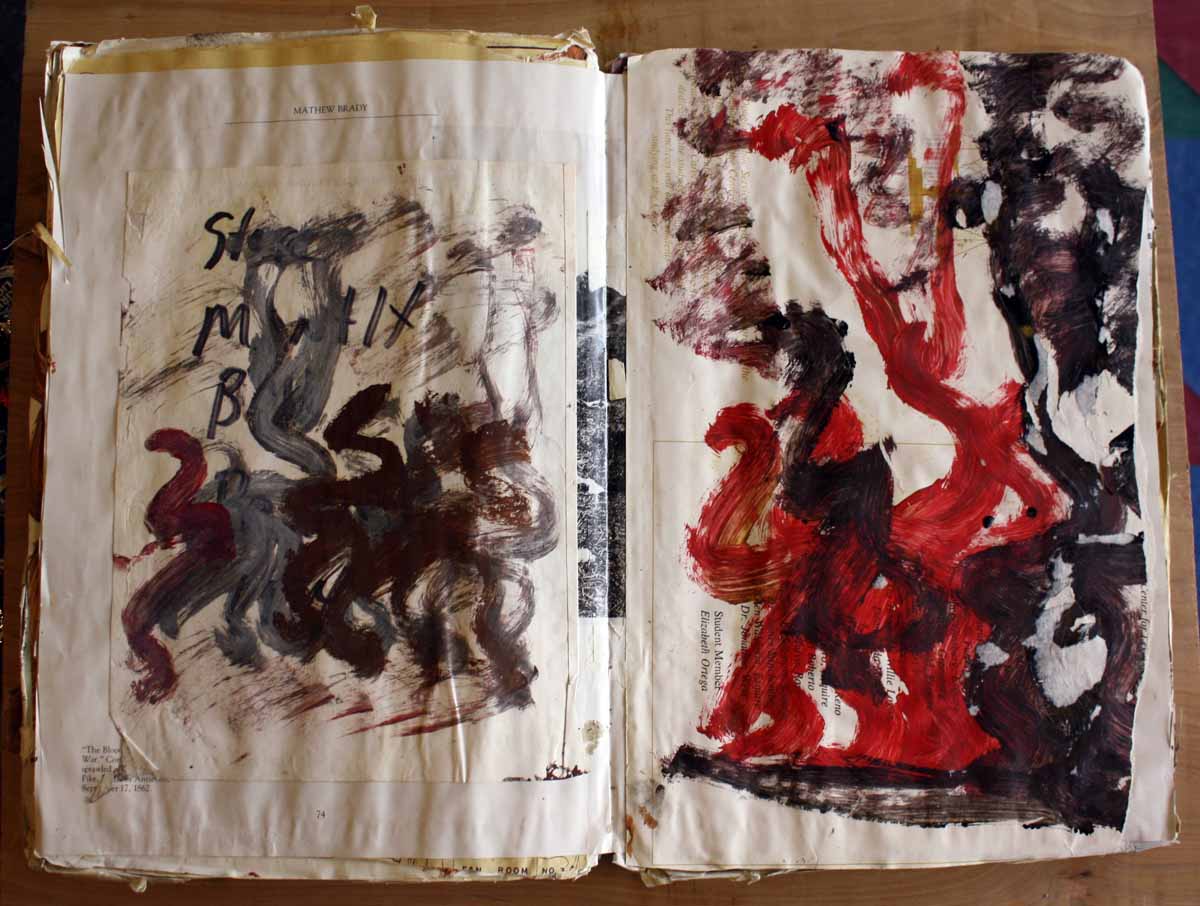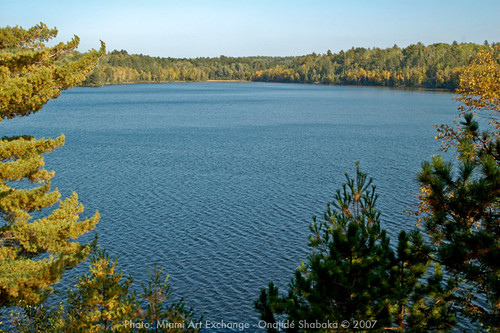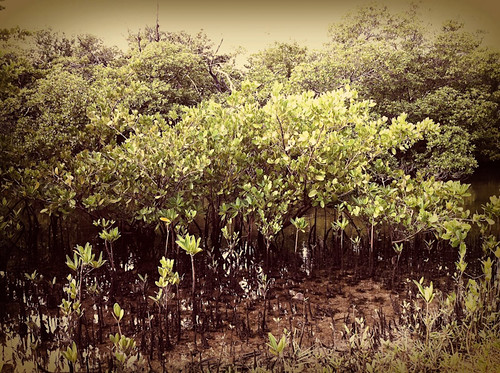I have wondered how much we need the term medium today, and partly because the term medium has been so prominent in the discourse of modern and so-called postmodern art. Also because in recent years there have been a number of critics and artists talking about the idea of a post-medium practice.
Dirt, is just one example. I talk about medium, but I also talk about materials.

Besides being a curator, I am a studio artist and I am very interested in the subject of studio, what it means to work in a studio, and to a large extent, in what some people have described as the post-studio practice.
Previously, there were art works which were photographs made with chemicals, obviously needing a specialized studio. This was at one time the primary focus of my art practice. But there always have been works which were by materials which have stood and remained outside the practice of photography. In this case drawings of various materials, texts, fragments of real life, the everyday world of action and inaction, including two- and three dimensional and time based examples.
Speaking of the studio is a way to illustrate why the studio is such an important place, a place where things come together that you hadn’t anticipated or planned. It’s where you can bring in a wide range of materials and see what happens when you throw them around and at each other. And it’s often the studio accident where some of the most important shifts occur or can be tested; things that you could not or had not imagined, or anticipated. Those are some of the things that generate the next step or moving forward.
However, one cannot discount the importance of reading, about things in the world and life. Mostly, non fiction, but ideas can come from things under a microscope as well as from the far reaches of the galaxy.
If my art practice engages in post-medium and post-studio practices, it frequently plays in the space between the boundaries that separate contexts of art and non art.
Minnesota’s Superior National Forest and the Vermilion Iron Range have provided a real world studio in the heavily wooded and riverain environment, that began in 1998-99, and allowed for the study of the geological, biological, both plant and animal, and the historical.
Working rurally signaled a critical shift in my engagement with not only the urban environment but more importantly notions of the historical, cultural, ideological and social as these inform the interface between rural and urban space. The site specific engagement in the various rural environments in which I have conducted my art practice has been quiet, meditative and persistently tactile and even sensorial. There has been a direct engagement with the materiality of the specific site, yet the work is transient and the seemingly permanent nature of the site as a fixed place requires that we understand the nature of the ephemeral and its consequences once inside the white cubic gallery.
Mangroves are my most important environment since moving to Florida over thirty-five years ago. They are such a microcosm of the tropical environment that it is difficult to not be influenced by its presence.
There is dirt there too. Or, should I say muck. Thick, gooey, nutrient rich muck. As long as we humans don’t make the situation worse. Unlikely.
Currently on view:
“DIRT Yuta Suelo Udongo Tè,” curated by Onajide Shabaka
3815 NE Miami Court
Miami Design District 33137
Exhibition runs: June 1-28, 2013


